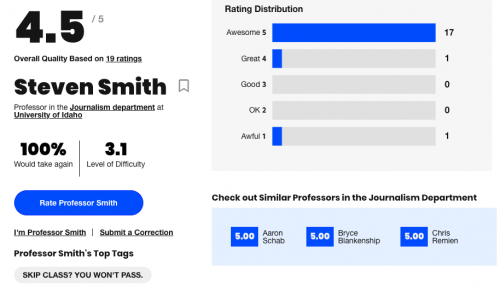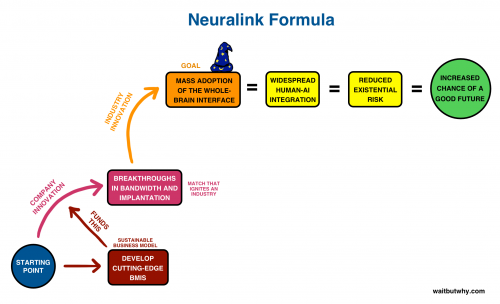Ignore that awful RateMyProfessor website. I do, and I don’t even know my score there, and no, don’t tell me. The recipe seems to be to teach an easy class and give out lots of As, and then students will go on there to tell their peers what courses to take. For instance, here’s Steven Smith, a former journalism professor at the University of Idaho.
Wow! 4.5 out of 5, making him an awesome professor. That praise has to be muted a bit, since three of his peers in the same department got perfect 5s.
Of course, when you step out into the real world, you get a rather different perspective. Steven Smith has been arrested.
An account in Smith’s name for a mobile cash payment service was linked to an investigation into children using social media to send sexually explicit photos of themselves in exchange for money sent to them via the app, according to court documents.
The victims, 10-to-14-year-old girls, sent images to an Instagram account and received money through a cash app account. Internet activity of both accounts were traced to Smith’s Spokane home, the documents said.
Chat conversations showed Smith was aware of the girls’ ages, the documents said.
He had a “very large amount” of images depicting child sexual abuse and was actively downloading more when investigations searched his home Thursday, the documents said, adding that when a detective asked if he knew why they were there with a search warrant he replied, “yes, it’s probably from what I have been downloading.”
That’s something I’ll remember any time anyone brings up RateMyProfessor. Also, any time someone assumes that being a professor makes you smart.









